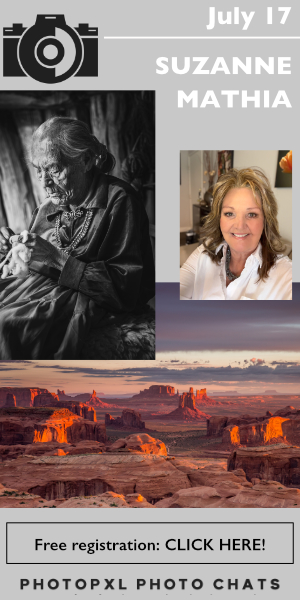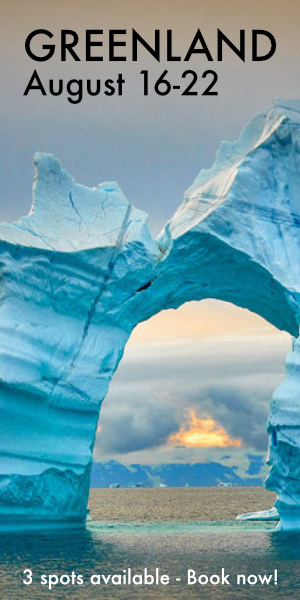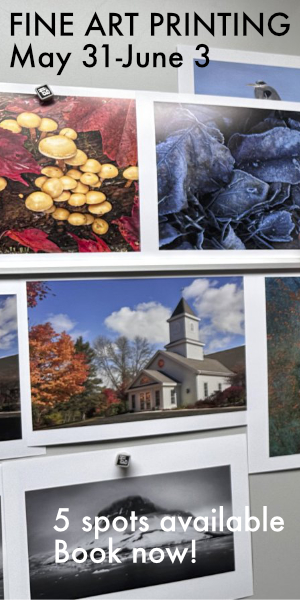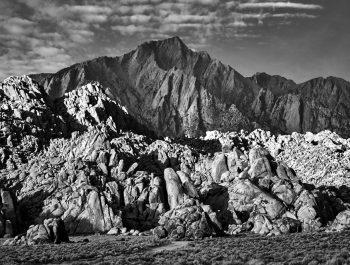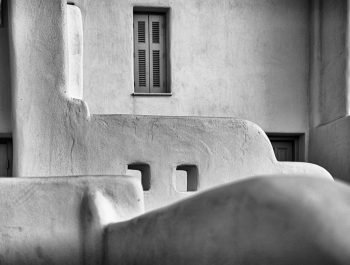Making It Black and White
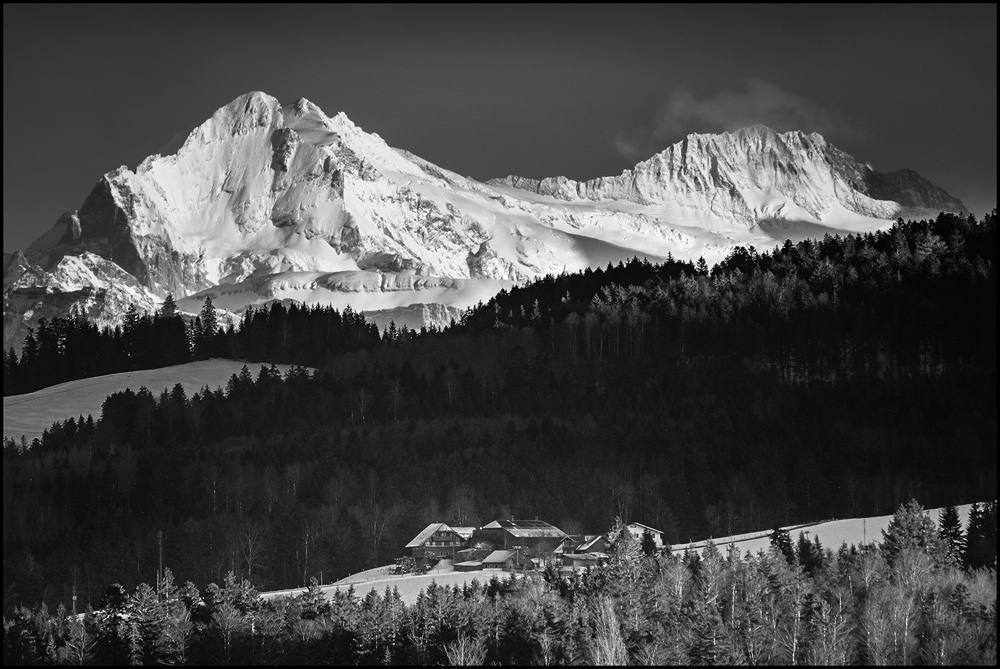
Imagine you are driving through a country you have never been to. You are overwhelmed by high mountains, varied landscapes, lakes.
But the density of civilization brings your feelings back to the ordinary and grounds you again. Otherwise, you have to climb up mountains by spending a lot of time. Parking at highway parking lots is rarely possible on the tours throughout the country. There are just too few.
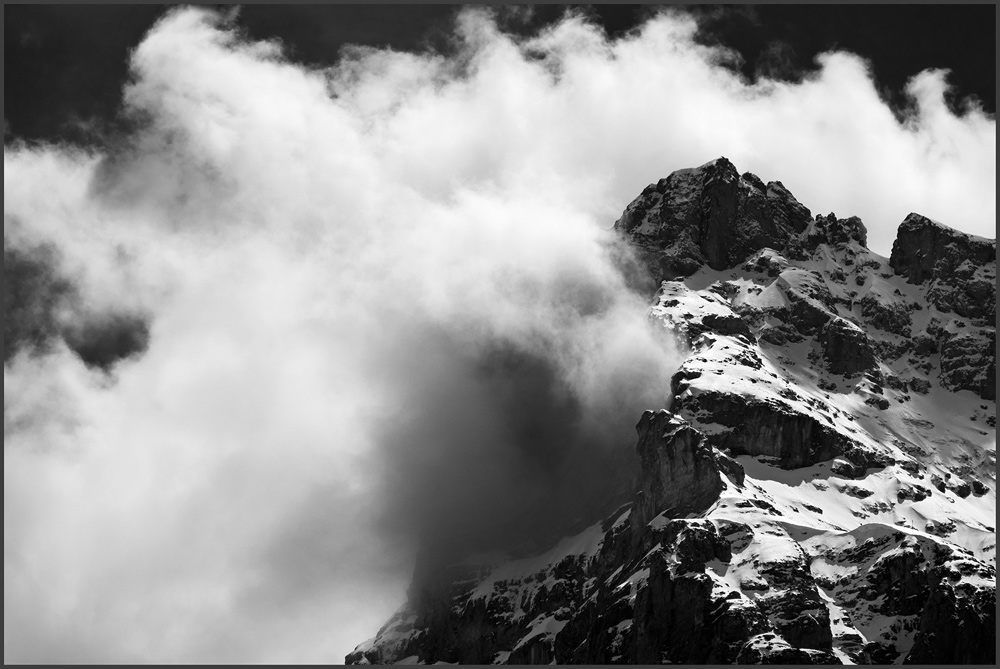
Few unspoiled places and even fewer clear views of beautiful motifs. Civilization, commercial areas, bright colors, hectic, hustle, and bustle all around.
How do I get the untouched nature without this civilization into the photographic implementation?
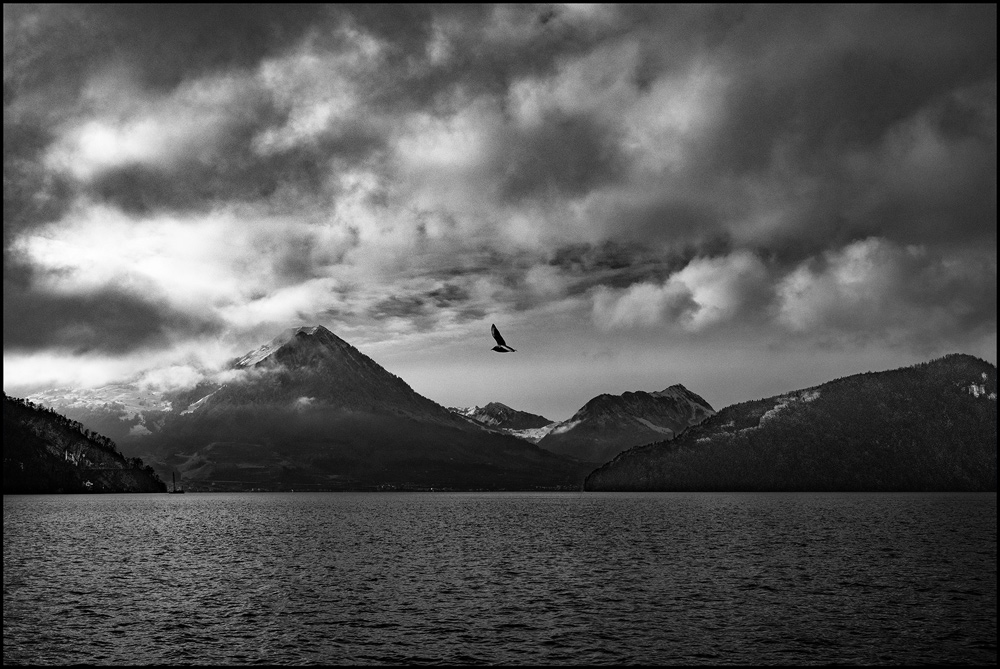
How do I capture my sensations while looking at the surroundings? I`m not into the mania to create landscapes with oversaturated colors all the time. Color sometimes is too garrulous and diversionary, can distract from the essence. Leaving the color behind sometimes helps me.
The implementation in black and white is a way to make archaic structures conscious, to amplify sensations. Working with light and shadow, changing gradations, focusing on the essential helps to focus the gaze on the realization of what I want to present to viewers. A new world emerges, detached from the supposed obligation to the truth.
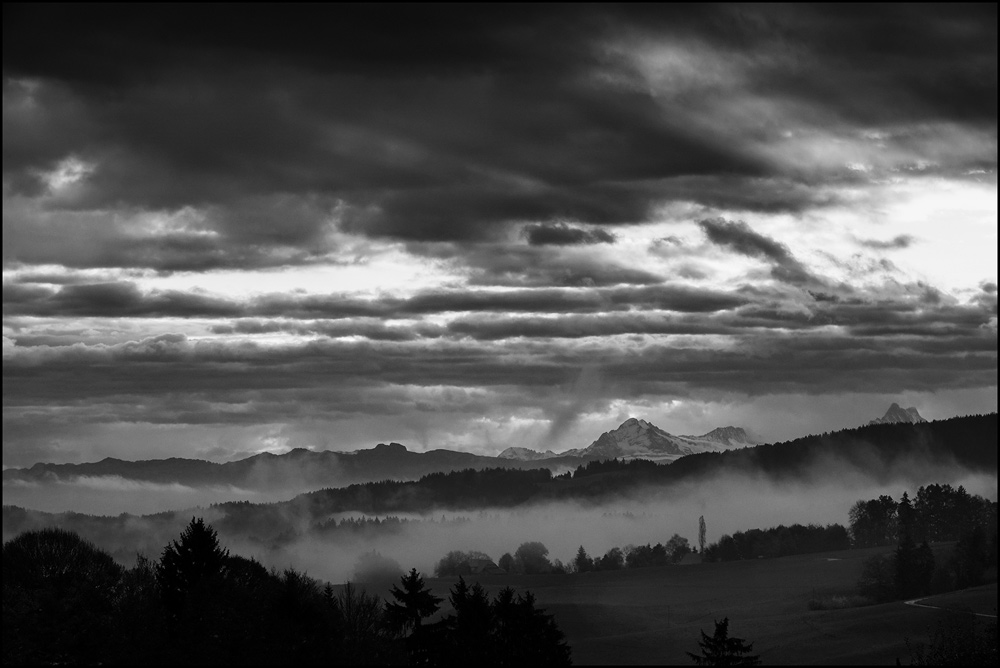
I´m thinking about years of darkroom work, smelling chemistry, hours of spending time developing prints, inspired by Ansel Adams, thinking back to his wonderful landscape-photographs. Oh how I would love to see how he would use the new techniques today. I think he would be enthusiastic. Today, even with small equipment, it is possible to mimic the implementation a little bit of what you have seen, even though it is not so easy to achieve the quality of Ansel Adams prints.
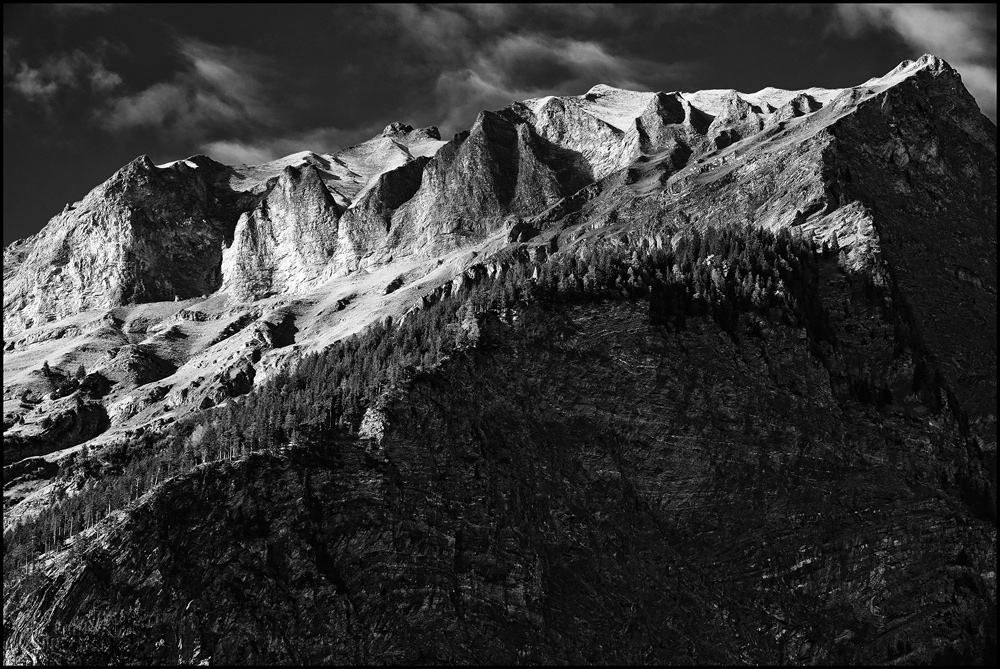
Photography takes place through the mind and soul. I’m working with Sony RX10 III. Well finished, prints up to 24 inches are wonderful. One can choose from modes in the camera-menu so that equal in the viewfinder black and white composition is usable, unaffected by distracting color. When using RAW and JPEG at the same time, the subject can also be processed in color and developed into optimal BW in the higher quality of the RAW-file in image processing. In the viewfinder, I have a sense of what the final BW-picture will be like during finishing. The possibilities of today’s cameras are fantastic. This is the unimportant opinion of an amateur. Reassure me, though others agree.
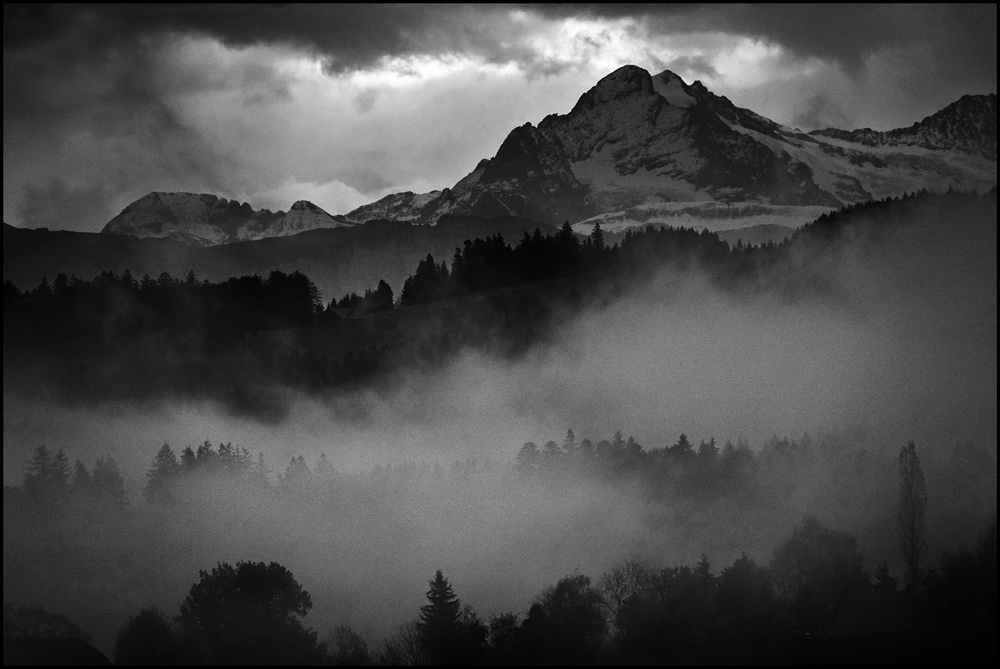
Robert Koch
November 2019
Sennfeld, Bavaria
Photography is my favorite hobby. In 1979, I bought my first SLR. I started with slides. One year later, I built a darkroom and soon switched to color negative and BW. I bought books by Ansel Adams: The Camera, The Negative, The Print. Wow!!! I was excited about the zone system and his wonderful works, travelled from Germany to Venice to see an exhibition of original prints. From 1990 to 2000, unfortunately, I no longer had any motivation for photography. Then I decided to buy my first digicam. In the days of film, I carried several SLRs and lenses around with me. Today I am happy to be able to cover everything for my needs back-friendly (69 years old) by using my Sony RX10 M3, maybe switching to version M4.

